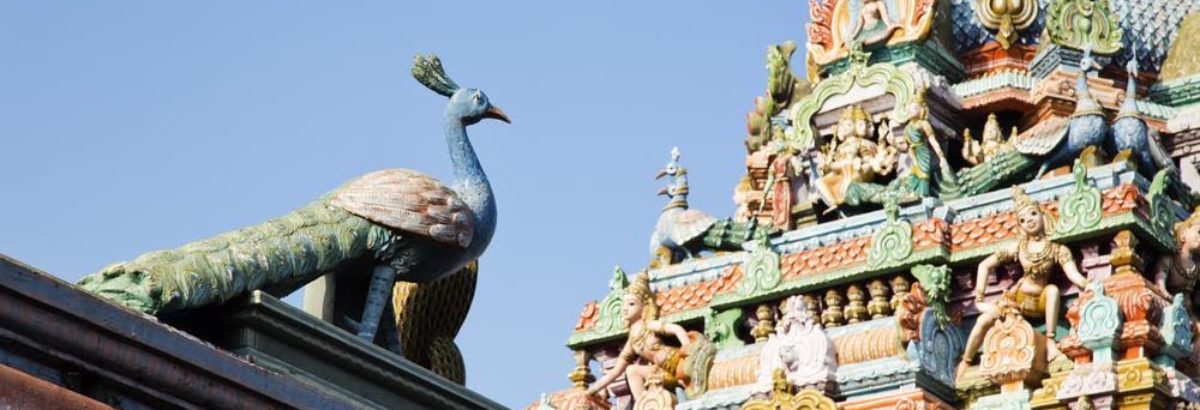questions and answersm session
Questions:
- The naem of Lakshanagrandha written by Govindacharya is …………….
- The two ancient categories of Indian Music ……………..
- The third scale in the ancient three parent scales that has become
- Name the scale having microtones invented by Pythogoras…
- Which are the three tonal accents used for Vedic chanting……
- The equivalent of Raga in Persian and Arab music ……….
- The predecessor of Moorchana invented by Bharatha is —-
- Author of the work Sangitha Raja …..
- Author of the work Sangitha Saara……
- The term given for improvising raga is …..
Answers:
1. Sangraha choodamani 2. Marga and Desi 3. Gandhara grama
4. Pythogoras scale 5.Udattha, Svaritha and Anudattha
6.Mode 7. Grama 8. Rana Kumbha 9. Lochana kavi
10.Alapana



